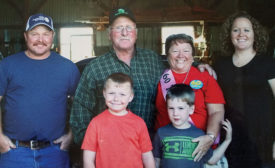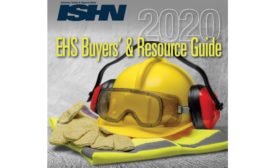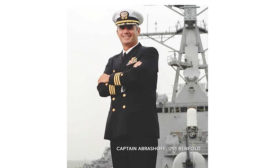Articles by Dave Johnson
Safety veteran discusses PPE crisis
Read More
Cover Story
12 Critical COVID-19 EHS Practices
What your peers are doing on the frontlines
May 5, 2020
Safety Technology
ISEA work group begins the process
A standard for connected worker issues?
April 1, 2020
Strengthen safety by emphasizing equipment reliability
Keep the Gears Moving
April 1, 2020
Denying executive accountability is too common
Throwing safety under the bus
March 2, 2020
The problem with the OSHA rate
Too often it is the only measure of safety performance
February 4, 2020
Introducing the 2020 Buyers’ & Resource Guide
Solutions to safety, health, environmental issues are accelerating
December 4, 2019
Get our new eMagazine delivered to your inbox every month.
Stay in the know on the latest safety trends.
SUBSCRIBE TODAYCopyright ©2024. All Rights Reserved BNP Media.
Design, CMS, Hosting & Web Development :: ePublishing










